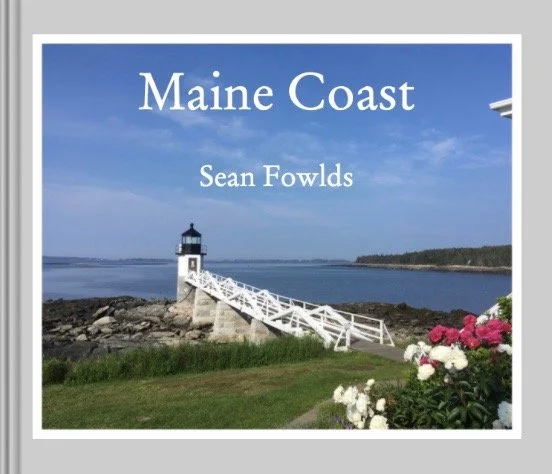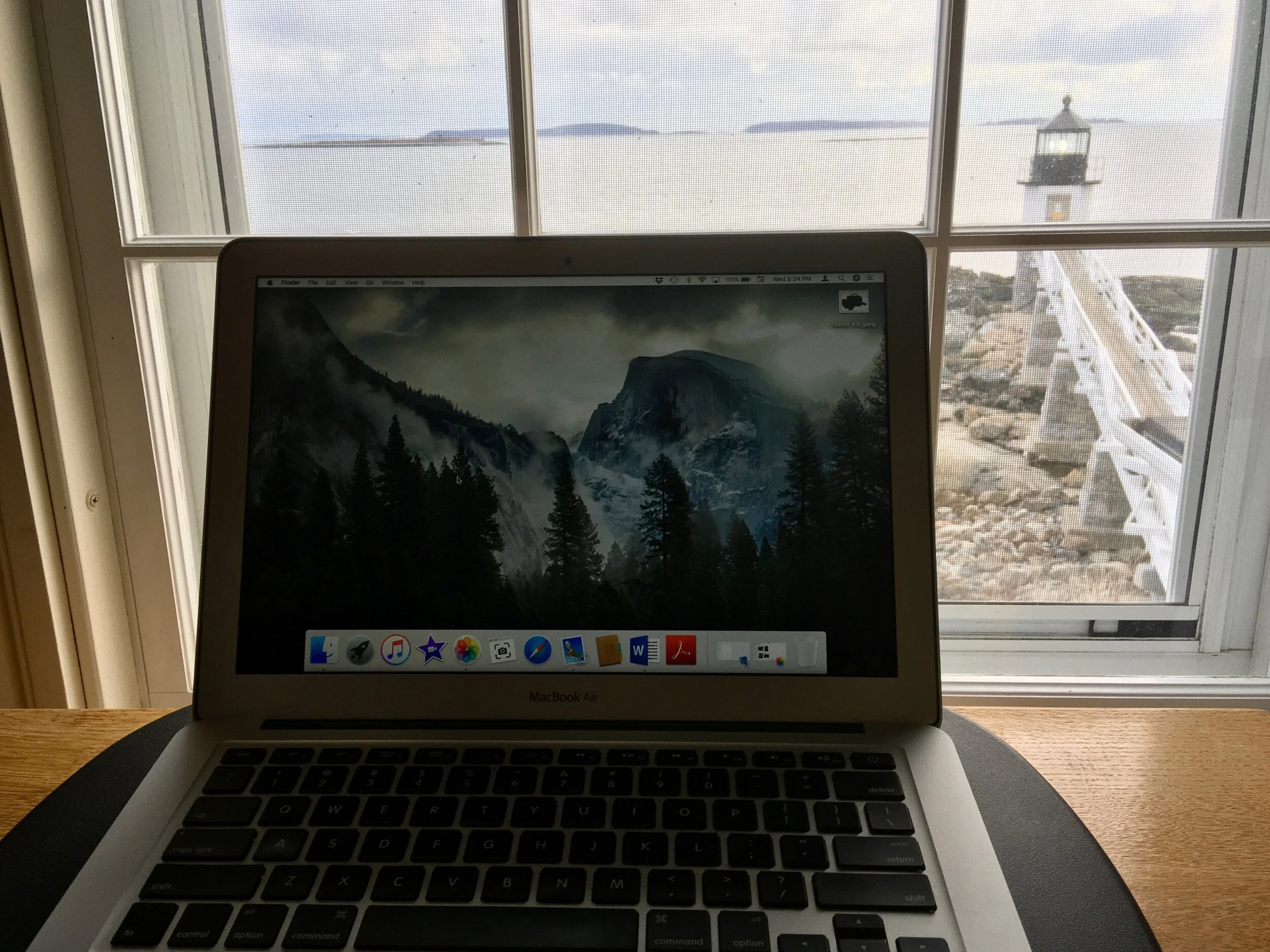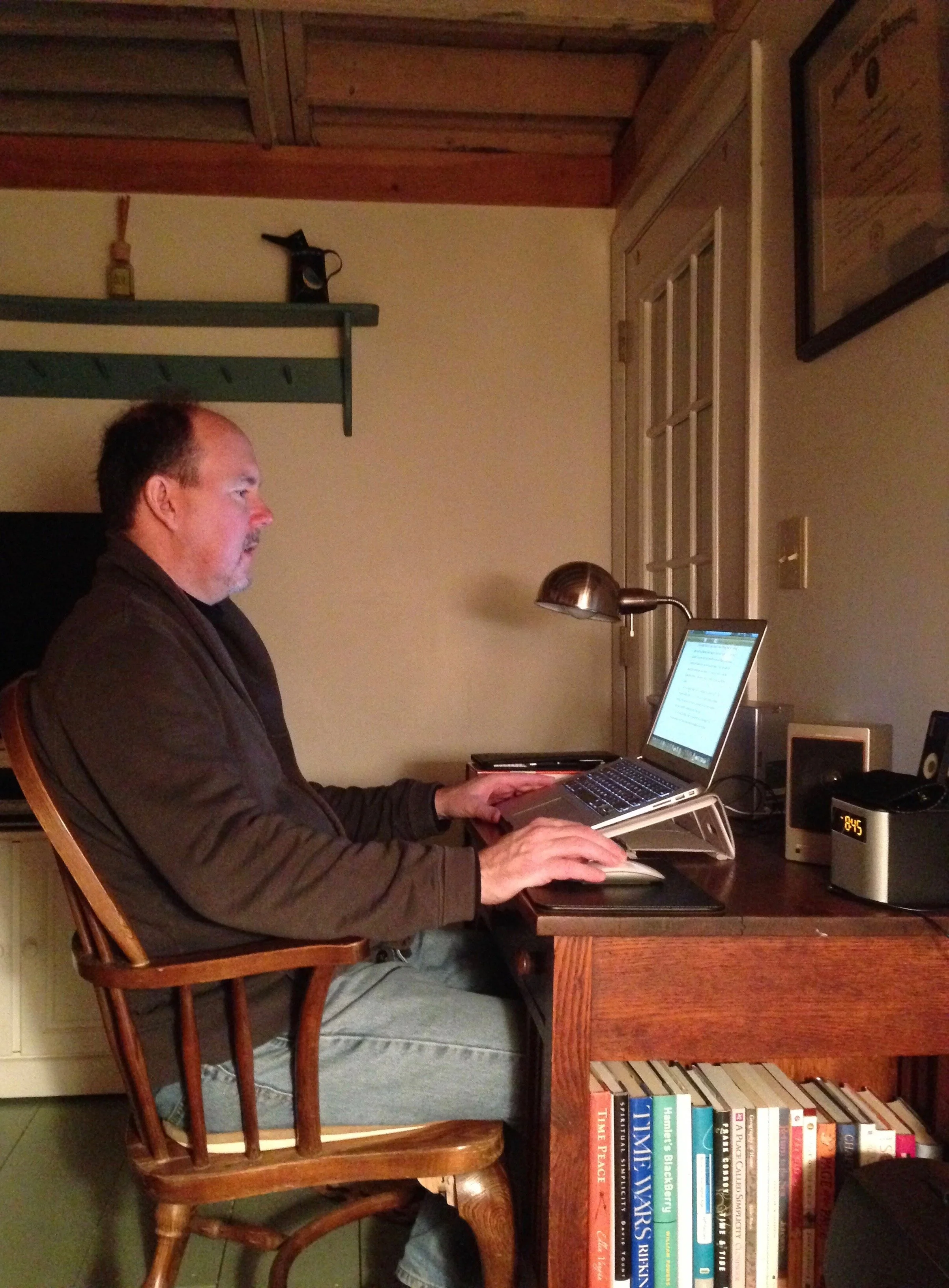In this hyped age of superlative lifestyles flaunted online by so-called “influencers,” people are duped into thinking it is normal to live such ostentatious lives. But as successful artist and bestselling author Austin Kleon suggests, “You do not need to have an extraordinary life to make extraordinary work. Everything you need to make extraordinary art can be found in your everyday life.”
And whether or not we aspire to live “creative” lives, we all can find meaning in the dailiness of life, including our routines, hobbies, and relationships. Former monk Thomas Moore admits, “I imagine life not as an ambitious quest, but as an anti-quest, a search for the ordinary and unexceptional.” None of which is to suggest we are to simply coast through life with no aspirations, but our contentment never comes from comparison with others.
As I wrote in an earlier post titled A Quiet Life, one scriptural admonition actually is to “make it your ambition to lead a quiet life.” While “quiet” is not necessarily synonymous with “ordinary,” both often contribute toward a meaningful life “because worldly ambition is grossly overrated, not to mention misdirected.” So, one means to personally experience an ordinary life is to examine what constitutes a meaningful life in one’s estimation.
“I lead by what older standards might well be considered an ordinary life, and yet by the movement of our times this life has become extraordinary,” writes W.D. Wetherell in North of Now: A Celebration of Country and the Soon to Be Gone. “A walker in a sedentary age; a lover of quiet in a century that has the volume turned up full blast; a reader in a visual age; a writer in one that is increasingly aliterate.” Sounds good to me.












